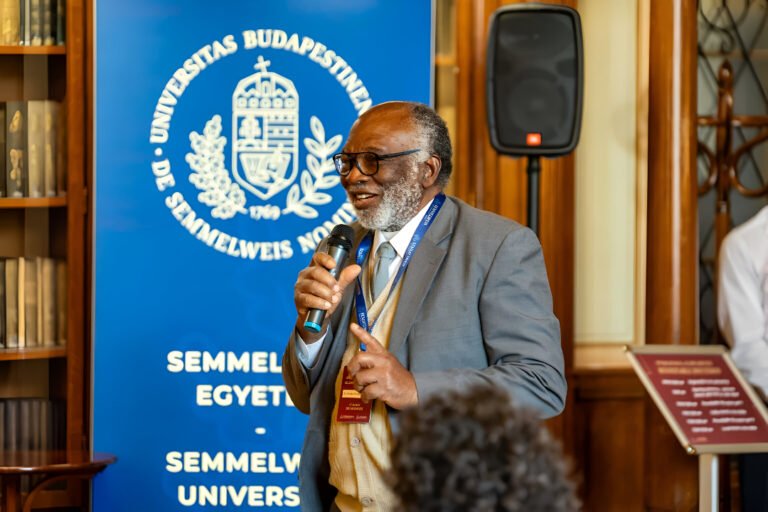
Researchers at the Medical University of Innsbruck have revealed how SARS-CoV-2 manipulates human lung cells by targeting both protein-coding genes and tiny regulatory molecules known as non-coding RNAs (ncRNAs). The study, published in Molecular Therapy – Nucleic Acids, sheds new light on the virus’s tactics and could pave the way for improved COVID-19 diagnostics and therapies.
Using an advanced lung cell model, the team studied the Delta and Omicron variants. While initial changes were minimal, three days post-infection, researchers observed significant disruption in genetic activity. Crucially, ncRNAs—acting as “genetic switches”—were found to be central to the virus’s strategy for preventing programmed cell death, allowing infected cells to survive long enough for viral replication.
The team identified five key pathways altered by the virus, including immune response suppression, viral replication, and cell proliferation control. A notable finding: two ncRNAs differed sharply between Delta and Omicron. One, miR-155-5p, tied to immune regulation, was markedly lower in Omicron, potentially explaining its milder infections.
Lead researcher Alexander Hüttenhofer said these ncRNAs could serve as biomarkers to predict severe cases and inform RNA-based treatments to counter viral manipulation.
“This research shows how the virus rewires our cells on a genetic level,” Hüttenhofer said. “By understanding this, we can develop smarter therapies and early detection tools.”
The study’s multi-method approach, combining sequencing with RT-qPCR and Northern blot verification, offers one of the most detailed looks yet at how SARS-CoV-2 exploits human cells.
Publication: Molecular Therapy – Nucleic Acids, DOI: 10.1016/j.omtn.2025.102559
Source: Medical University of Innsbruck






